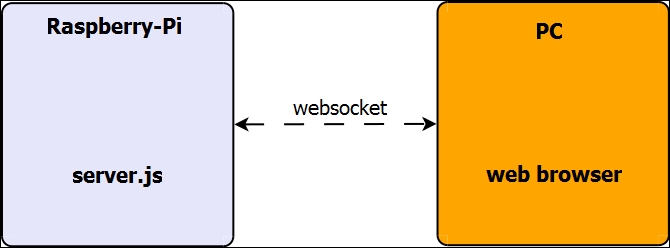Pierre-Jean TEXIER has been an embedded Linux engineer at Amplitude Systèmes (Amplitude Systèmes was a pioneer in the marketing of Ytterbium femtosecond lasers) since 2014 where he maintains a custom system on chip i.MX6 with the Yocto project (meta-fsl-arm), which is made by a French company: EUKREA.
He is a graduate of ESTEI school at Bordeaux where he spent 3 years as a student in order to become an embedded Linux Engineer.
He is a big ardent of the world of free software and the embedded world. His knowledge background includes C/C++, Yocto, Linux, Bash, Kernel development but he is also open to trying new things and testing new technologies.
First, I want to thank my patience wife for her during my writing sessions. I also give thanks my parents and my brother, who without them, this book possibly would not have happened.
I would also like to thank all of the mentors that I've had over the years. Mentors such as Cyril SAGONERO, Sylvain LE HENAFF, Pierre BORDELAIS, Vincent POULAILLEAU, Fabrice BONNET, Jean-Claude PERESSINOTTO, Pierre AUBRY. Without learning from these teachers, there is not a chance I could be doing what I do today.
To finish I would like to thanks Eric MOTTAY the CEO of Amplitude Systèmes, Luca TESTA the head of Electronics team at Amplitude Systèmes for his trust, Hitesham WOODHOO, Alexandre GAMONET, Kevin PINTO and Guillaume MACHINET For the various discussions about the raspberry pi during coffee breaks.
 Argentina
Argentina
 Australia
Australia
 Austria
Austria
 Belgium
Belgium
 Brazil
Brazil
 Bulgaria
Bulgaria
 Canada
Canada
 Chile
Chile
 Colombia
Colombia
 Cyprus
Cyprus
 Czechia
Czechia
 Denmark
Denmark
 Ecuador
Ecuador
 Egypt
Egypt
 Estonia
Estonia
 Finland
Finland
 France
France
 Germany
Germany
 Great Britain
Great Britain
 Greece
Greece
 Hungary
Hungary
 India
India
 Indonesia
Indonesia
 Ireland
Ireland
 Italy
Italy
 Japan
Japan
 Latvia
Latvia
 Lithuania
Lithuania
 Luxembourg
Luxembourg
 Malaysia
Malaysia
 Malta
Malta
 Mexico
Mexico
 Netherlands
Netherlands
 New Zealand
New Zealand
 Norway
Norway
 Philippines
Philippines
 Poland
Poland
 Portugal
Portugal
 Romania
Romania
 Russia
Russia
 Singapore
Singapore
 Slovakia
Slovakia
 Slovenia
Slovenia
 South Africa
South Africa
 South Korea
South Korea
 Spain
Spain
 Sweden
Sweden
 Switzerland
Switzerland
 Taiwan
Taiwan
 Thailand
Thailand
 Turkey
Turkey
 Ukraine
Ukraine
 United States
United States








